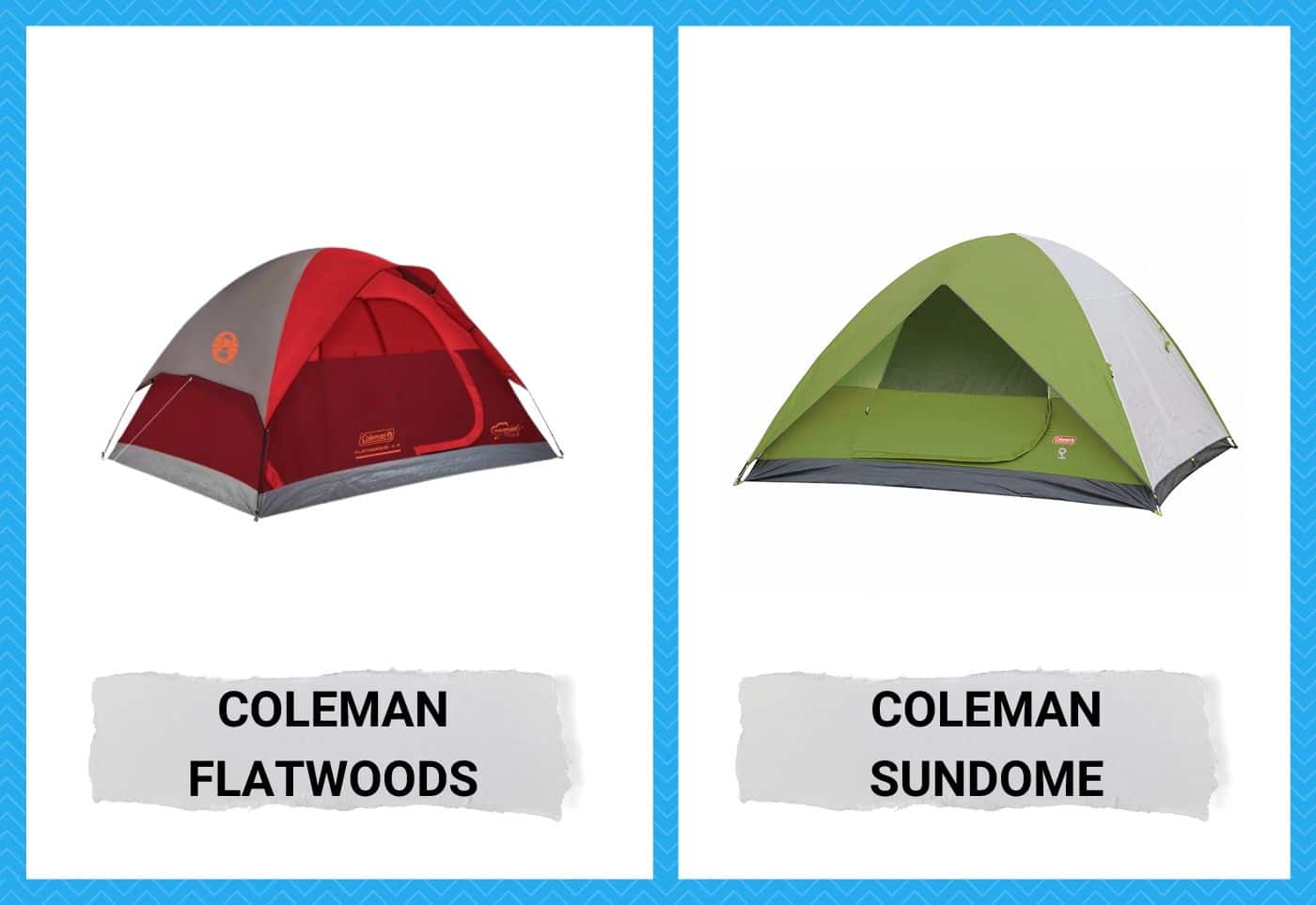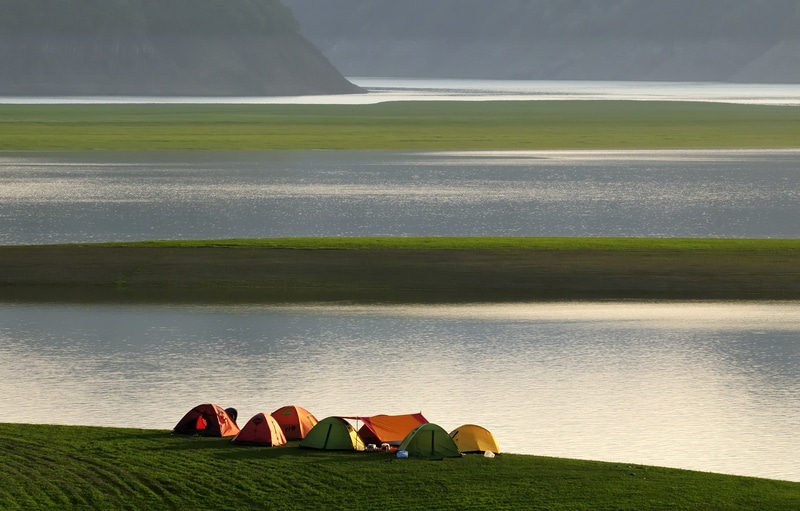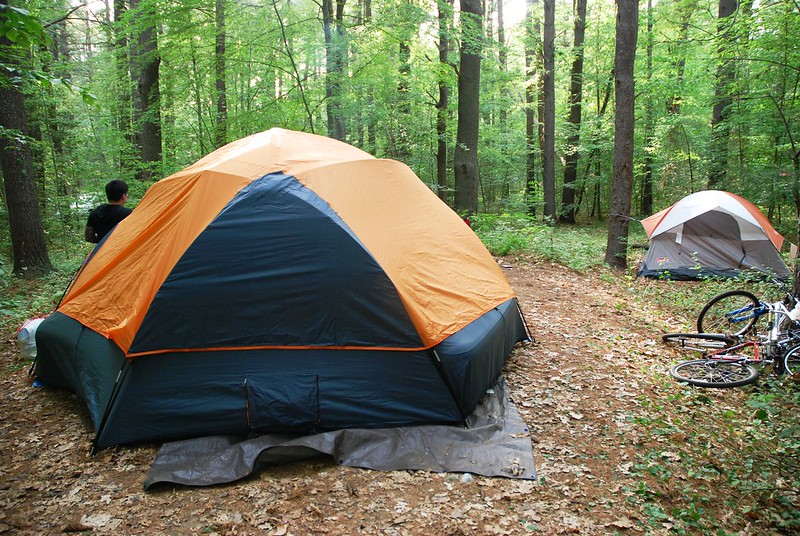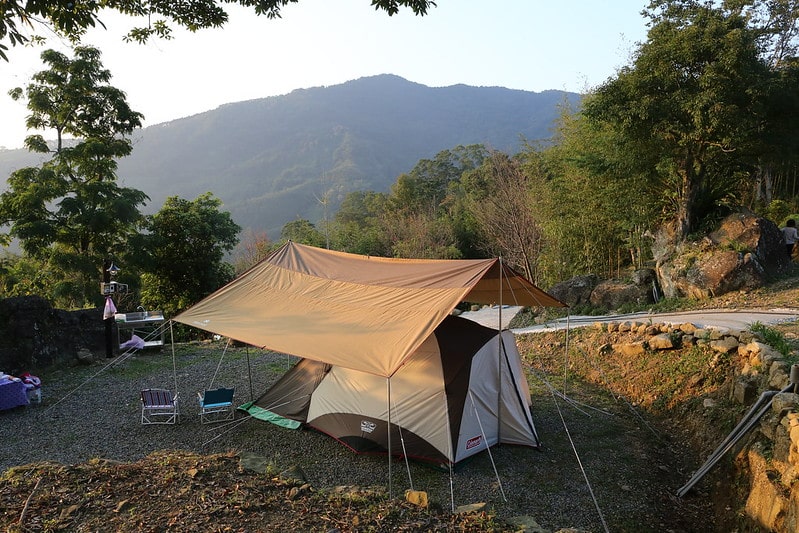
Camping won’t be complete without a tent. You can head off to the most remote wilderness, bring a whole set of survival gear, and stay there for many days, but without a tent, it’s just a picnic, an escapade, or whatever you want to call it—but not camping.
Of course, other temporary shelters—a trailer, a motorhome, or a cabin—may fit the criteria, but nothing gives off that rip-roaring camping vibe more than a well-setup tent.
That said, tents are not made the same. Some are bigger and more durable than others. They also come in different sizes and styles to suit various camping needs. So, before purchasing a tent for your upcoming camping trip, you must consider the following things.
- Purpose – Are you going hiking? Is it windy where you’re going? Do you have to leave your vehicle and walk for several miles to get to the campsite? You need to ask these questions because your comfort and well-being depend on the answers. For instance, a backpacking tent is ideal if you are hiking because it’s light and easy to pack up. Meanwhile, you can bring a larger and heavier tent if you are camping where you will park your car.
- Size – How many are sleeping in the tent? Is everyone comfortable with sleeping with other people? A family tent will be ideal if you’re camping with your family. But that’s slightly difficult to set up and store. However, you can consider setting up several smaller tents and splitting the group.
- Material – What is the climate at the campsite? What does the weather report say? Preferably, you should choose a waterproof tent to protect yourself from rain. There are breathable tents that can repel moisture while keeping the inside of your tent well-ventilated. Apart from the covering, the frame must also be hard-wearing and corrosion-resistant.
- Setup – You don’t want a tent that takes too long to set up. You’ll probably travel for hours, and the last thing you want once you arrive is to get irritated by a tent that’s almost impossible to assemble. Well, most tent assemblies are complex for beginners and take some getting used to. It’s best to buy a tent several days before your camping trip so you can try setting it up at least once.
- Design – Lastly, what tent style do you prefer? A dome tent with its two crisscrossing semi-circle poles? A tunnel tent, which is like a dome tent but with the poles parallel to each other? Each tent design offers a different interior structure. Better choose one that will serve your specific camping needs.
These are just the general criteria for choosing a tent. As you gain more camping experience, your benchmarks also change. You become meticulous and concerned about more specific product details.
For instance, you start comparing brands and reading legitimate online reviews to gain more insights into expert tent selection.
Comparing Coleman Flatwoods vs Coleman Sundome
While shopping around for a tent, two specific products will crop up as the best choices—Coleman Flatwoods and Coleman Sundome.
They are both suitable for various camping requirements, providing comfortable and safe shelter in all kinds of environments. Here’s a quick look at their features.
| Feature | Coleman Flatwoods | Coleman Sundome |
|---|---|---|
| Dimension | 9x7 feet | 9x7 feet |
| Capacity | 2 to 6 persons | 2 to 6 persons |
| Weight | 4 kg | 4.4 kg |
| Setup Time | 10 minutes | 10 minutes |
| Seasonal Suitability | spring, summer, and fall | spring, summer, and fall |
| Material | Rainfly: polyester Poles: fiberglass Welded floor seams | Rainfly: polyester Poles: fiberglass Welded corners and inverted seams keep water from entering |
| Protective Properties | wind and water resistant | wind and water resistant |
Both tents offer similar features, some of which, such as the welded floor seams, are presented differently but mean the same. This means you can’t tell which one is better unless you try both in the same environment.
That’s why reading independent reviews helps you choose wisely. Nonetheless, let’s discuss some essential features and how you can maximize them.
Dimension and Capacity
These two properties go hand in hand, as larger tents offer more capacity. But whether a tent’s size is enough depends heavily on individual taste.
After all, not everyone is comfortable sleeping with three more people in a tent, even if Amazon says the tent can accommodate four people.
Nonetheless, Flatwoods and Sundome are big enough for six people, so a group of five can bring just one tent, assuming they’re keeping their luggage in their car.
Weight and Setup Time
Here comes the interesting part, and it may well be the clincher. Most shops claim Coleman Flatwoods weighs only four kilograms, and Coleman Sundome is 0.4 kg heavier.
But both can be set up within 10 minutes, which isn’t surprising since you can exert extra effort rather than spend more time setting up the tent to compensate for the 0.4 kg weight difference.
Another way of looking at it is that the added weight may indicate a difference in quality. Perhaps the Sundome’s rainfly has more material that makes it a bit heavier, but it also makes it more waterproof.
Weather Resistance
You can scan pages of information about these tens, but ultimately, it all boils down to which one can better protect you from the elements.
Thanks to advancements in manufacturing technology, today’s tents are much more resilient. They are made from more durable materials and with more energy-efficient designs.
New features like Coleman Flatwoods’ WeathertecTM system, including inverted seams and welded floor, make the tent waterproof on all corners. The poles are also made of steel (a mix of carbon and iron), which is resistant to corrosion.
Meanwhile, Coleman Sundome has large windows and a ground vent for better aeration. Its frame is also notably strong, able to withstand up to 35+ mph winds. There’s even an e-port, allowing you to bring power inside the tent more easily.
How to Take Care of Your Tent
Coleman Flatwoods and Coleman Sundome get their share of bad reviews, whether about their poles flexing or the fabric getting ripped apart quickly.
One thing you should keep in mind, though, is that these tents aren’t made to last forever. They will snap at some point. But when that will happen is primarily up to you.
Think about it, why do some tents break easily while others last, even if they all come from the same brand? It’s because those that last long are well taken care of. Here are a few tips on how to do the same for your tent.
- Be careful when taking the tent out – Before leaving your home, see that you know precisely how the tent was previously stored. Knowing where each component is in the bag lets you pull them out gently. If one of the poles or stakes gets caught in the flysheet and you force it out, it will rip the flysheet apart.
- Protect the tent fabric from ultraviolet rays – Do you know why clothing experts advise against sun-drying clothes? It’s because they know the sun’s UV rays are the real culprit to color fading, not the bleach or the washing machine. UV rays can destroy any pigment. So, if you want your tent to look crisp and vibrant for longer, protect it from the sun. Cover it with a tarp during the day if you can pack it up immediately.
- Always clean it after each use – Many insects may have crashed onto your tent throughout your camping trip, and you don’t know. If they get smashed in the process, their bodily juices, which will decay in a few days, may damage your tent’s fabric.
Conclusion
Choosing between two tents with almost similar qualities is indeed tricky. It would help if you try both of them or inspect them personally rather than rely on online details. Reviews are also helpful because you learn about other people’s valid opinions.
Ultimately, once you’ve decided and bought the product, using it properly and taking care of it are the key to maximizing its qualities.




